Lexus RX now a worthy rival to big German SUVs
Dynamic upgrades put the venerable RX model in the same conversation as some coveted rivals.
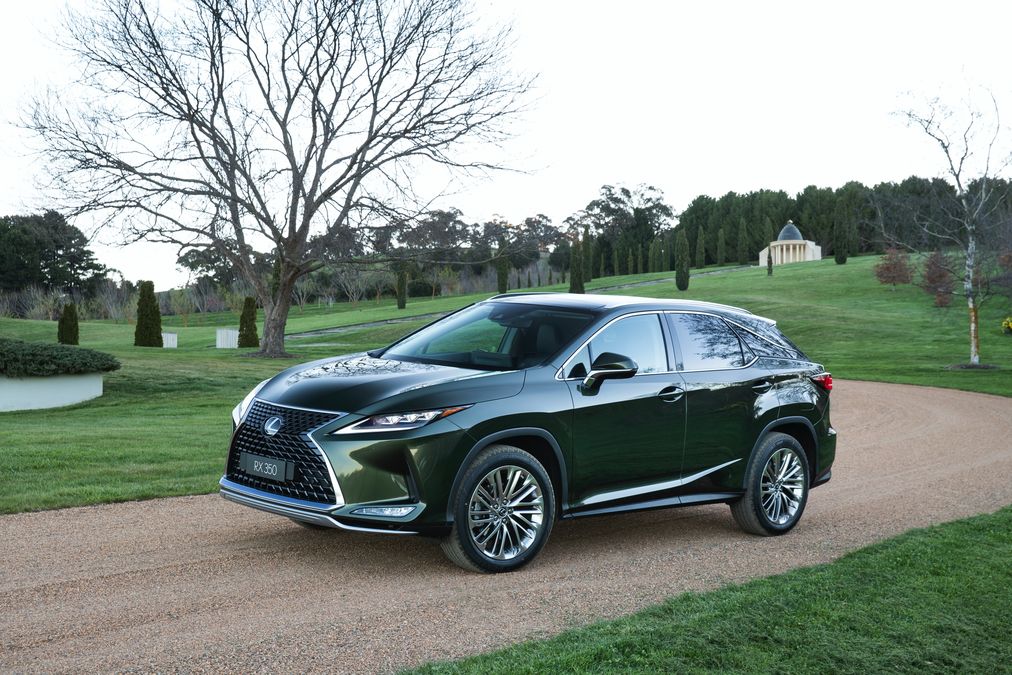
Lexus has diligently chipped away at the dominance of Audi, BMW and Mercedes-Benz for nigh on three decades, carving out a niche as the fiscally-responsible choice for prestige car buyers.
The brand promise is to offer a viable alternative to the Euro brands, with competitive technology and often superior build quality, at a price to make an accountant smile.
Enter the latest new model to wear the Italicised ‘L’ on its distinctive spindle grille, the new RX series SUV.
The RX is essentially a competitor to the Audi Q7, BMW X5 and Mercedes-Benz GLE, and this mid-life update adheres to the proven more-for-less-approach, along with a good deal of typically Japanese subtle-but-useful refinement.
Spoilt for choice
As before, the expansive 18-model RX line-up comprises three engines, two drivetrains (front and all-wheel drive), two wheelbases (standard and long) and three different specification levels (Luxury, F-Sport, and Sports Luxury). The range kicks off with the front-wheel-drive 2.0-litre four-cylinder turbo petrol RX300, available in both wheelbases and three trim levels, from $71,920 (plus on-road costs).
From there it’s onto the 3.5-litre V6-powered variants, which are exclusively all-wheel drive and available in the three trim levels ($81,890 to $99,870).
At the local launch of the revised RX range, we’re spending time behind the wheel of the Lexus RX 350 F Sport, which retails for $93,970.
Finally, there’s the hybrid RX 450h models, featuring the same V6 engine but with an additional electric motor and battery pack to boost power and torque to near V8 levels, but with improved fuel efficiency. The latter model is likewise all-wheel drive only, and available in short and long wheelbase, with the range-topping RX 450hL Sport Luxury retailing for $111,070.
What about the Euros?
The RX range starts some $24,000 below the least expensive Audi Q7, while its most expensive and best-equipped model is a couple of grand less expensive than BMW’s entry-level X5 xDrive30d ($112,990). Naturally, the top-spec RX comes loaded with standard equipment that will add thousands to the price of the BMW (or other rivals, for that matter).
Europhiles will, of course, point to the superior ride and handling credentials of the German brands, and they’re generally right. But Lexus seems to be aware of this, and there are some meaningful changes in this update to address just that. These include more glue and spot-welds to stiffen the body, and refinements to the steering and shock absorbers.
Changes under the skin
The F Sport version tested here and the up-spec Luxury grade also get changes to the standard adaptive suspension, again aimed at improving ride and sharpening dynamics. There are also some hardware changes to the suspension, including thicker rear stabiliser bars.
The aim, say Lexus engineers, was to decrease body roll when cornering, reduce dive under brakes, and provide stricter rebound control of the suspension – the latter to reduce the old heave-ho that can afflict tall and heavy vehicles on winding roads.
Our short half-day test drive appears to vindicate the changes. The RX proves impressively disciplined on some tight, winding stretches on Melbourne’s north-eastern fringe. The ride, previously criticised as overly busy, is more settled and comfortable, despite the handling improvements.
There are also meaningful upgrades to the software of various driver assistance technologies, such as enhanced lane-keep assistance, and the ability of the autonomous emergency braking system to spot (and not snot) pedestrians in the dark, or cyclists by day.
Subtle exterior styling changes involve bumpers, headlights and detailing; but overall, the RX rocks the same fussy and somewhat polarising looks as its predecessor.
Long-overdue improvements
There are bigger changes inside, however, including the long-overdue deletion of the foot-operated park brake in favour of a console-mounted electric switch, as well as a larger 12.3-inch touch screen that’s been repositioned atop the dash. The touch screen allows you to largely avoid the annoying haptic touchpad unit on the centre console.
There are now six USB ports for Gen Ys to plug devices into, plus an upgraded entertainment system that now runs Apple CarPlay and Android Auto, along with standard sat-nav, digital DAB+ radio and wireless smartphone charging.
There are no changes to engine outputs, but the quad-cam 3.5-litre V6 we tested remains impressive, with crisp throttle response and instant urge off the mark.
Peak power of 221kW arrives at a relatively high 6300rpm, with 370Nm also arriving late at 4600rpm. It’s an engine that needs to be revved to give its best, but which does so with relish. The V6 mates to a fluent eight-speed automatic and in standard driving sends its power to the front hoops but sends power to the rear on demand.
If you’re open to being convinced that Asia’s finest luxury car maker can serve up something to match or even better the Euro brands in a host of areas, you’ll be doing yourself and your accountant a favour to take a closer look at the improved Lexus RX range.
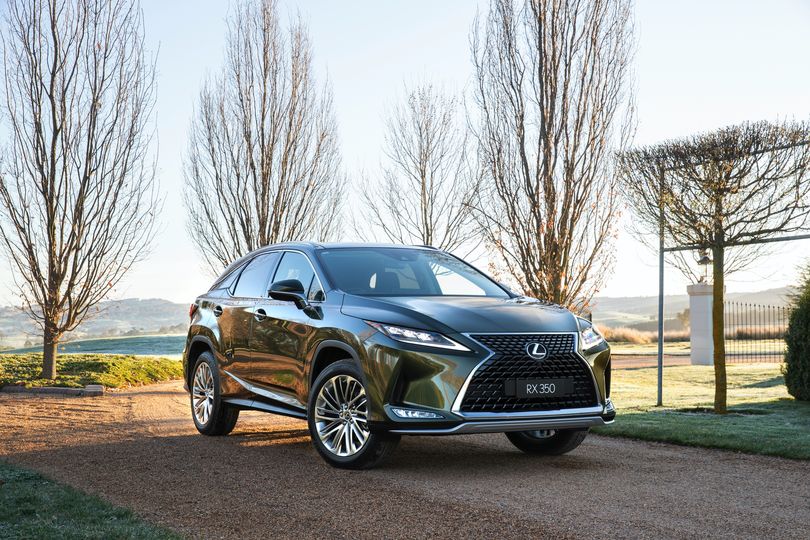
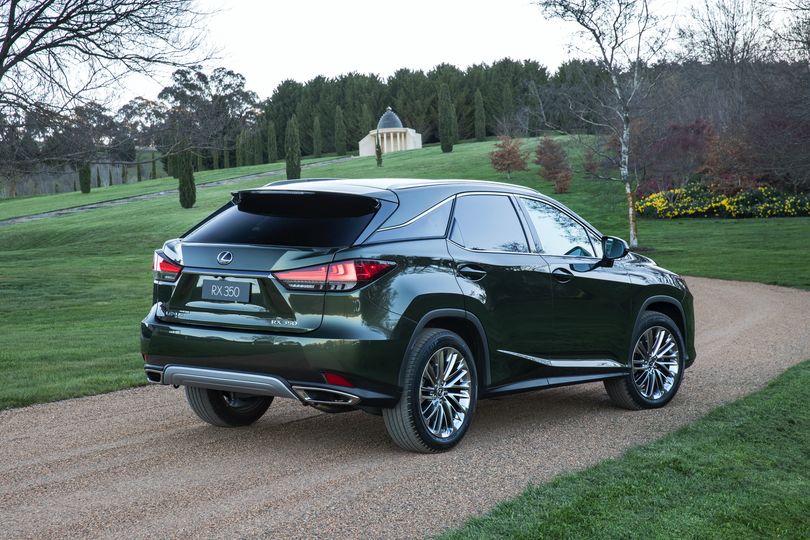
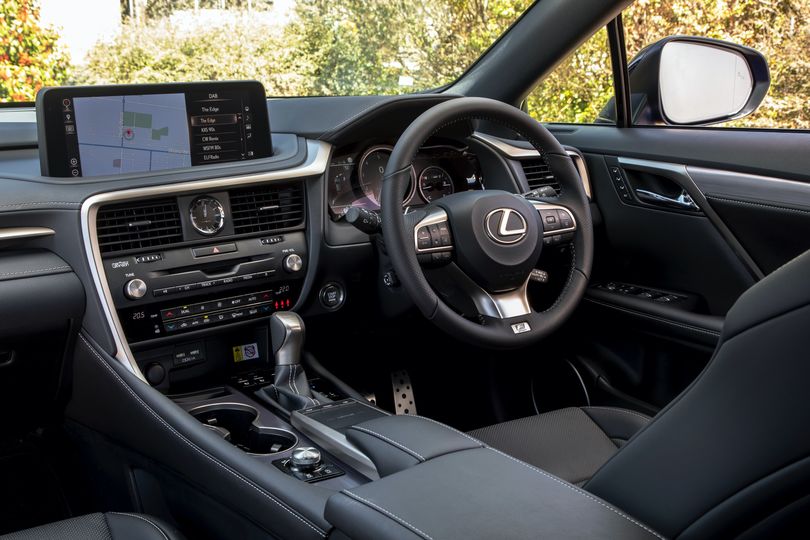
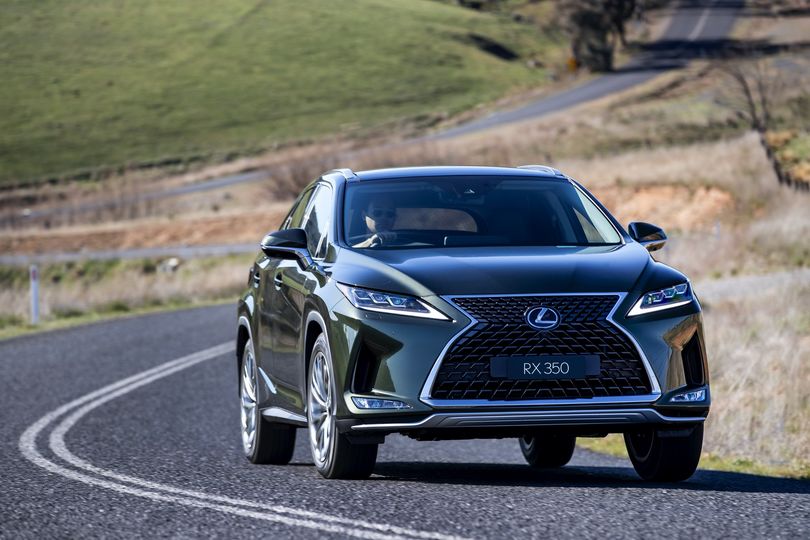

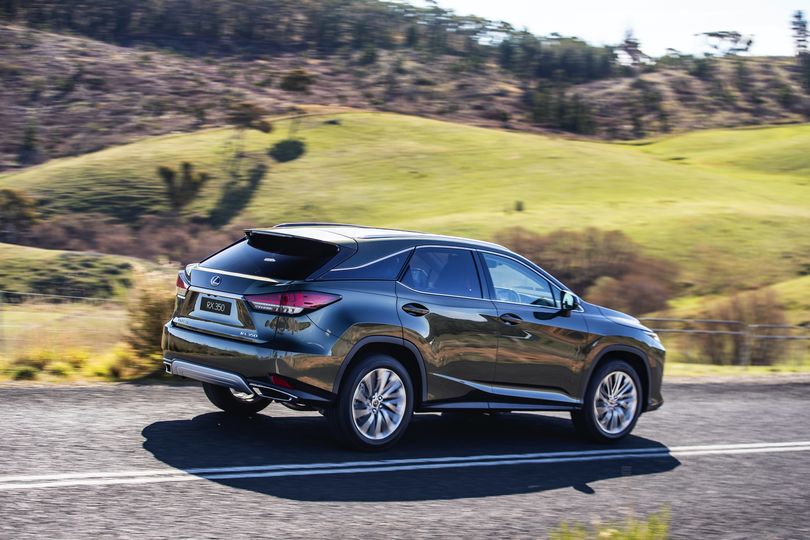
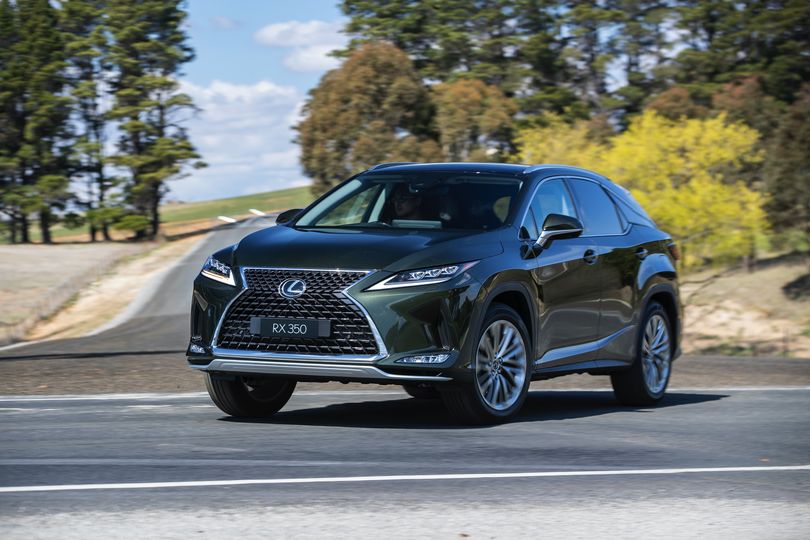
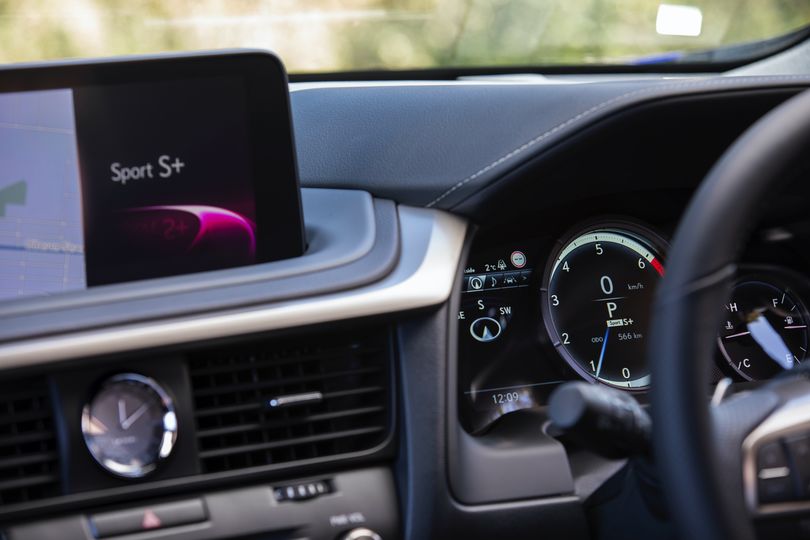
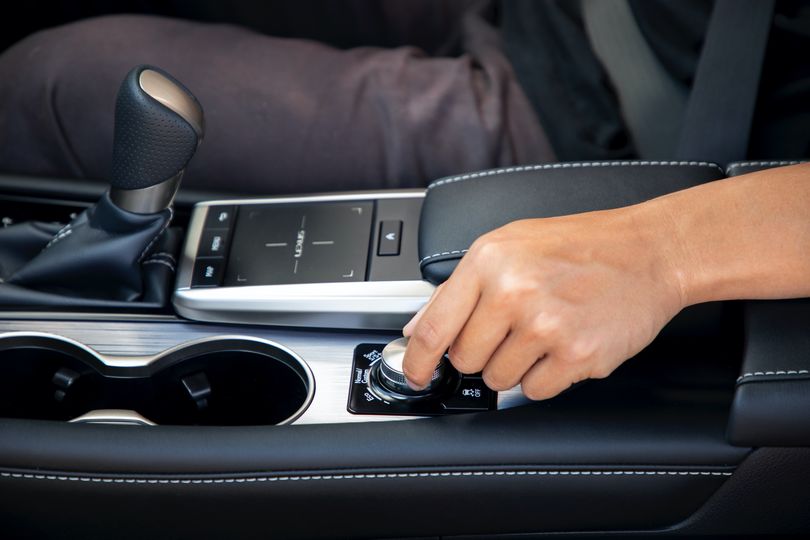

Hi Guest, join in the discussion on Lexus RX now a worthy rival to big German SUVs